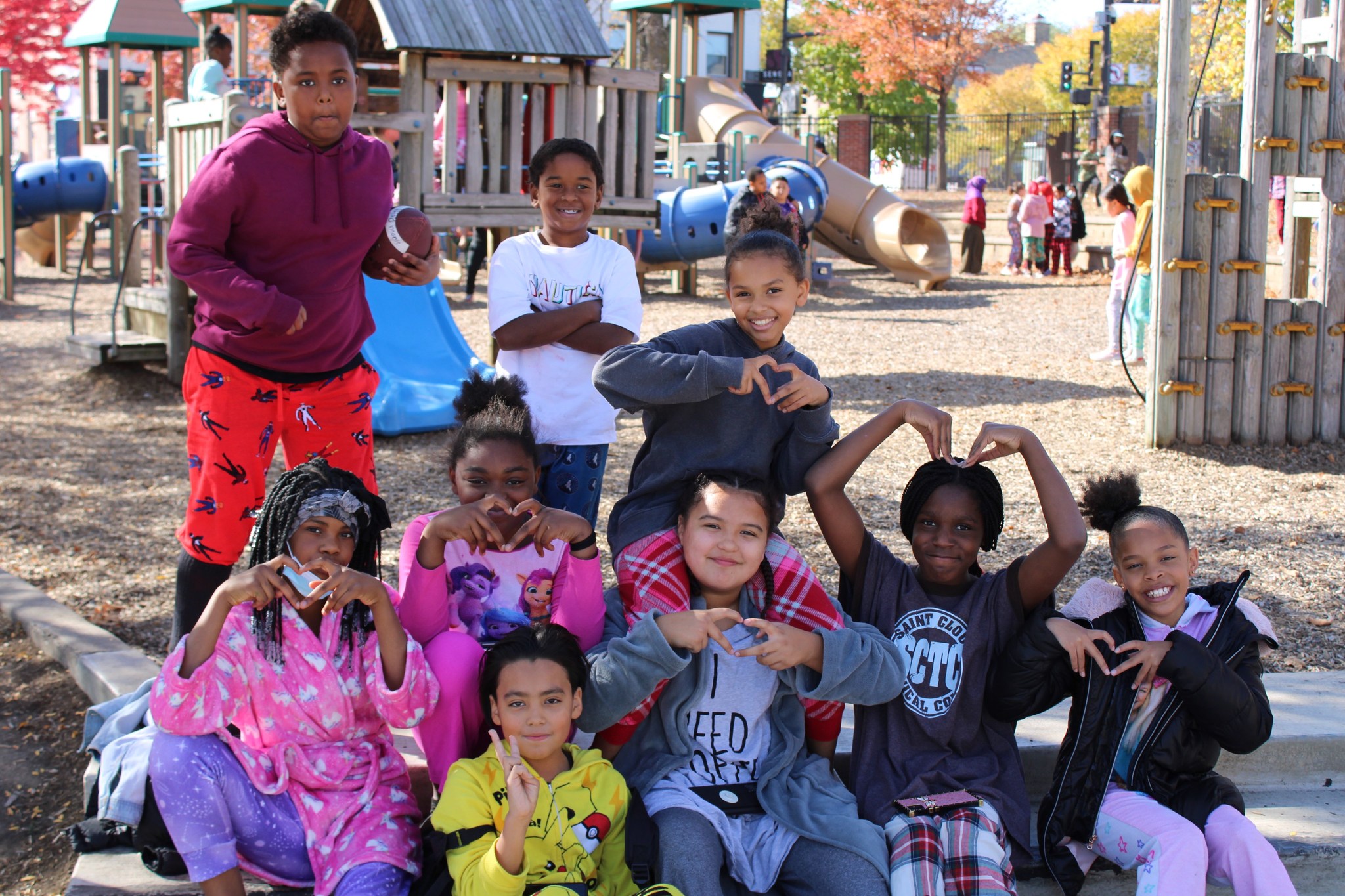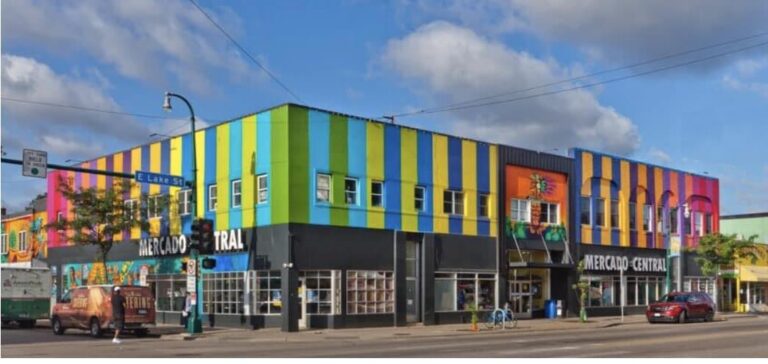A New Way to Prepare the Next Generation
I am going back to school. Not as a student. But as a guide.
First, I was invited to speak at my kids’ school, Risen Christ, for vocation day. I spoke to third, fourth, fifth, sixth, seventh and eighth graders about my professional journey in journalism and media. Other professions on the panel included a chef, a musician, a children’s book author, a dentist, a seminarian, a banker, an artist/teacher, a lawyer, a small business owner (coffee cafe), a doctor, and an education technology entrepreneur (my wife). It was an inspiring day.
Risen Christ is the only Catholic school in Minnesota that provides a dual language education to a diverse community of learners. Classes are taught in Spanish and English across all subjects, and every day, students get 50 percent of their instruction in Spanish and 50 percent of their instruction in English. It’s an inspiring place.
Being bilingual through a dual language immersion (DLI) program has lots of benefits for students, including:
*Enhanced brain development, which leads to better thinking, mathematical and problem-solving skills.
*Higher academic achievement in all subjects.
*Additional knowledge and understanding of one’s native language.
*Greater understanding, appreciation and respect for other languages and cultures.
*Ability to communicate with other ethnic and cultural groups.
*Better employment opportunities once school is completed.
Risen Christ isn’t the only school in Minneapolis where students are learning how to be global citizens. At Ella Baker Global Studies and Humanities Magnet School (formerly Jefferson), they are learning about the world and their place in it. They are learning to slow down in our digital age and empathize, to understand how someone else feels. They are learning how to think about things globally and act locally.
Ella Baker was an influential and respected human and civil rights activist. She acquired the nickname “Fundi,” a Swahili word meaning a person who teaches the next generation. Baker believed in the power of youth to strengthen their communities and shape their future.
“Ella Baker is a place where I strongly believe as a community, we can come together and do anything that we put our minds to,” says Ella Baker principal Holly Kleppe. “We have an amazing staff, students and parents. And as a community, coming together to make change in our world is what we need.”
Watch an inspiring video of the Ella Baker community on the school’s homepage.
I witnessed the strength of the Ella Baker community firsthand when I was invited to speak to their Knowledge-to-Action (K2A) classes in sixth, seventh and eighth grade. I gave a quick pitch to each of their K2A classes about the community solutions work we are doing and invited them to join our team.
I also asked students what problems they see in our communities today. Their responses? Racism. Pollution. Crime. Littering. Ecosystem. Police brutality. Gun violence.
They asked if the community solutions could be related to school problems. Of course. We want to create solutions for any community problems we can.
Our work is aligned with their K2A focus, which is being done at Ella Baker in collaboration with World Savvy, a national education organization headquartered in Minneapolis. World Savvy partners with educators and community leaders to help teach students how to be responsible global citizens. With our diverse country, interconnected global economy, and complex collective challenges, World Savvy recognizes the education system requires a new kind of teaching and learning experience to prepare the next generation.
Knowledge-to-Action (K2A) is part of that reimagining. K2A is a multi-step process where youth learn about an issue, research potential solutions to address the root causes, think about how they can impact the issue, and devise an action plan to create positive change.
This knowledge-to-action approach is similar to the DECIDE framework designed by Professor Kristina Guo, which was created in 2008 to help healthcare managers make the right decisions. It consists of six steps:
D = Define the problem.
E = Establish the criteria.
C = Consider the alternatives.
I = Identify the best alternative.
D = Develop and implement a plan of action.
E = Evaluate the solution.
The objective is to find practical solutions and minimize mistakes.
Being good at problem-solving is an important skill to have. We want to help students sharpen this skill and gain confidence to share and implement their ideas. They have good ideas (sometimes great), and we can learn from them and grow.
That is why the focus of our community solutions work is putting youth first. The Strong Mind Strong Body Foundation, a Minneapolis-based youth and family development organization where I am board chair, has partnered with Ella Baker School, World Savvy, ManUcan Consulting (led by restorative practices leader Manu Lewis) and the Lowry Hill East Neighborhood Association to develop a community solutions program with students that solves community problems.
Youth are a vital part of our community solutions team. We will give them the training, tools and opportunity to be community problem solvers and create positive change in the communities where they live, work and play.
Our community solutions program identifies youth strengths and amplifies them by collaborating with schools, businesses and local stakeholders to solve neighborhood problems and strengthen cities.
As Ella Baker, the civil rights and human rights activist, said, “Give light, and people will find the way.”
Rise and shine.
If you are interested in learning more about our community solutions program at the Strong Mind Strong Body Foundation or being involved, please let us know. If you want to support our work, you can make a donation. All donations are tax-deductible.
This article was originally published by the Southwest Connector, a local newspaper in Minneapolis.






